The Skye Terrier is an impressively stout little dog, far longer than tall. These dogs are known for their lush, yet harsh, hairdo. However, these dogs are unique in many ways. Unlike most working-class ratters, Skyes became favorites of British royalty. To this day, they still have something of an aristocratic nature. Read more to learn about the Skye Terrier.
Description of the Skye Terrier
These are big dogs with small legs. Stout and sturdy with large heads, Skyes are nothing like toy dogs.
Despite their short stature, these dogs were bred as hunters. They were meant to do battle with fox and badgers, which wreaked havoc for farmers in the Scottish isles. Later, they became quite fashionable with royals.
Today, the Skye Terrier retains its tenacity. However, these dogs are calmer than some terriers indoors, and have a serious side. This breed is usually happy to chill out.
The Skye comes in many colors including black, blue, cream, fawn, grey, platinum, and silver.
Life Expectancy and Size
This breed is quite short, but they are sturdy and in no way fragile. Skyes generally stand 10 inches tall and weigh an impressive 35 to 40 pounds.
These dogs usually live between 12 and 14 years.
Protective Ability
Skyes can make surprisingly effective watchdogs. The traditional terrier spirit is alive and well in this breed. Many individuals are also naturally wary of strangers. As such, it is important to socialize them early and well to avoid any skittishness.
Training
The Skye Terrier is a typical terrier when it comes to training. They’re sharp as a whip, and can bore easily. However, that means Skyes are capable of learning quickly. Change up situations and settings often. Avoid too much repetition to keep these dogs entertained.
Training the Skye works best when approached in a very positive manner. These are proud and sensitive dogs. Any harsh words will quickly shut the Skye down. They will simply not deal with negative owners that try to force the issue.
Rather, rewards-based mechanisms are quite effective. Treats are a great way to convince these dogs to try things your way. Of course, they should be fed in moderation.
Energy Level
Remember that these are terriers. Skyes are fairly high energy. They can easily become stir crazy when under-stimulated. It is important to supply them with some physical activity so that they do not vent their energy at inopportune times around the house.
However, Skye Terriers are calmer and more adaptable than many of their contemporaries. As long as they receive some sort of daily exercise, they should be good to go.
What Living with a Skye Terrier is Like
For many people, the Skye Terrier is the perfect solution: a nice, tempered version of a terrier. They provide all of the fun and activity of the typical terrier. However, they also tend to be less rowdy indoors and are arguably easier to manage.
The Skye can be a proud and independent dog. They may not be as extroverted as some. Early socialization can help them be friendlier with strangers.
Care of the Skye Terrier
This breed is a good choice for owners that want a hardy small dog.
Environmental Needs
The Skye Terrier has a lot of hair. This means that they can overheat in extreme temperatures. It is important to keep plentiful water and shade available. Otherwise, they are fairly tolerant of a wide variety of temperatures and weather conditions.
Exercise Needs
Although the Skye is an energetic breed, they are not so difficult to exercise. They do best with a safe, enclosed yard. This breed enjoys running about and playing with their humans too!
Regular walks are also appreciated. This will ensure that they receive directed activity, and get all their excess energy out. Their legs aren’t as long as some other terriers, so they may not be able to keep up on long runs or bike rides. Many enjoy doggie sports like obedience or agility.
Shedding and Grooming
This breed requires weekly brushing to avoid mats. However, their hair is not particularly soft and thus more resistant to tangles. Baths once a month should be sufficient to keep the Skye clean.
Many owners prefer periodic clipping to maintain a neat coat, while others leave the Skye in their natural state. As with all dogs, they should receive regular maintenance for their ears, teeth, and nails.
Ideal Home Environment
This breed is great for a home that appreciates the terrier tenacity, but wants a dog that also enjoys hanging out with the family. An ideal owner isn’t looking for a dopey pet, but wants a steadfast friend.
They may not be well suited for families with small children, because they do not tolerate teasing well. Their short legs are surprisingly powerful, but still may not be able to keep up with extremely athletic owners.
Health Concerns
Generally, the Skye’s biggest health concerns are only superficial. Many Skyes have to deal with allergies, especially of the skin.
However, some individuals may face serious issues like cancer or auto-immune disorders.
Joint pain can also be a problem as the Skye ages. Because of their long stature, back pain is of specific concern. Make sure to stop puppies from climbing or jumping before their bodies are strong enough to handle it.
Behavior Problems
Some owners find that their Skyes are particularly wary of strangers. To avoid skittishness or aggression, make sure to socialize this breed early. With proper care, they should have no trouble turning into polite adults.

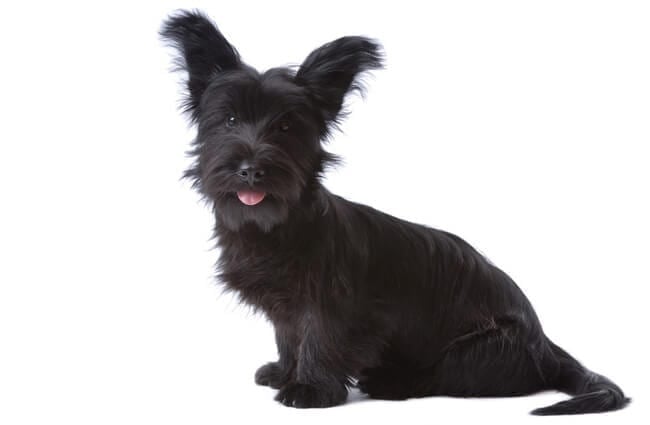
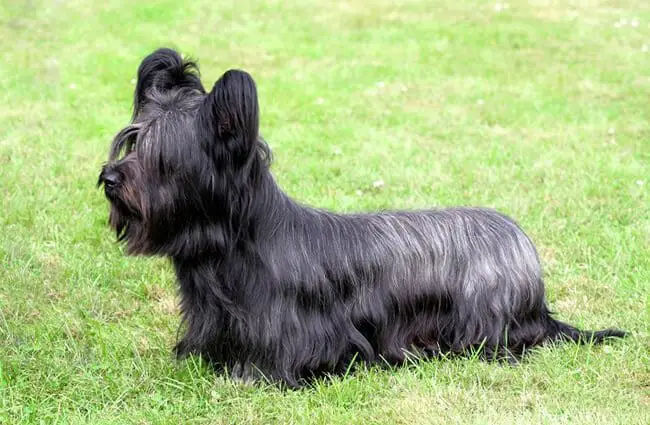

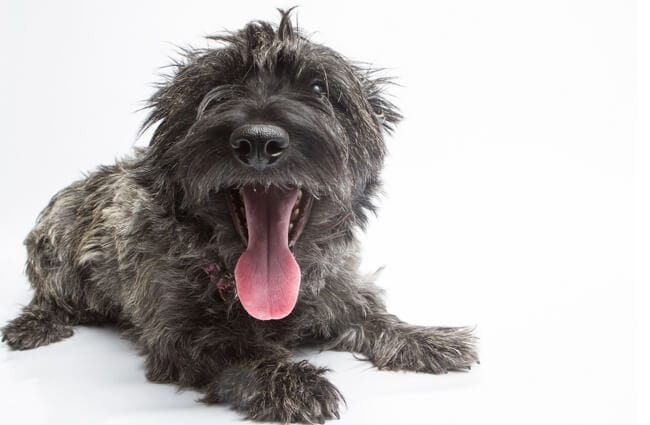
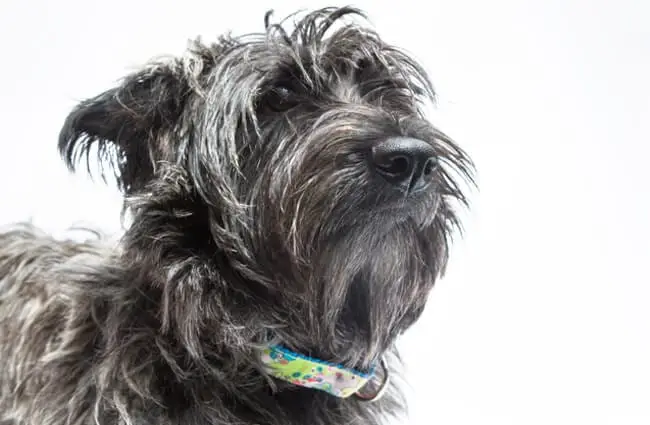

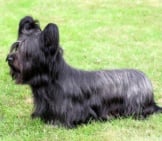
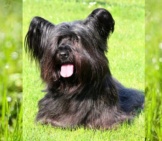







![Red Angus Closeup of a beautiful Red Angus cowPhoto by: U.S. Department of Agriculture [pubic domain]https://creativecommons.org/licenses/by/2.0/](https://animals.net/wp-content/uploads/2020/03/Red-Angus-4-100x75.jpg)

